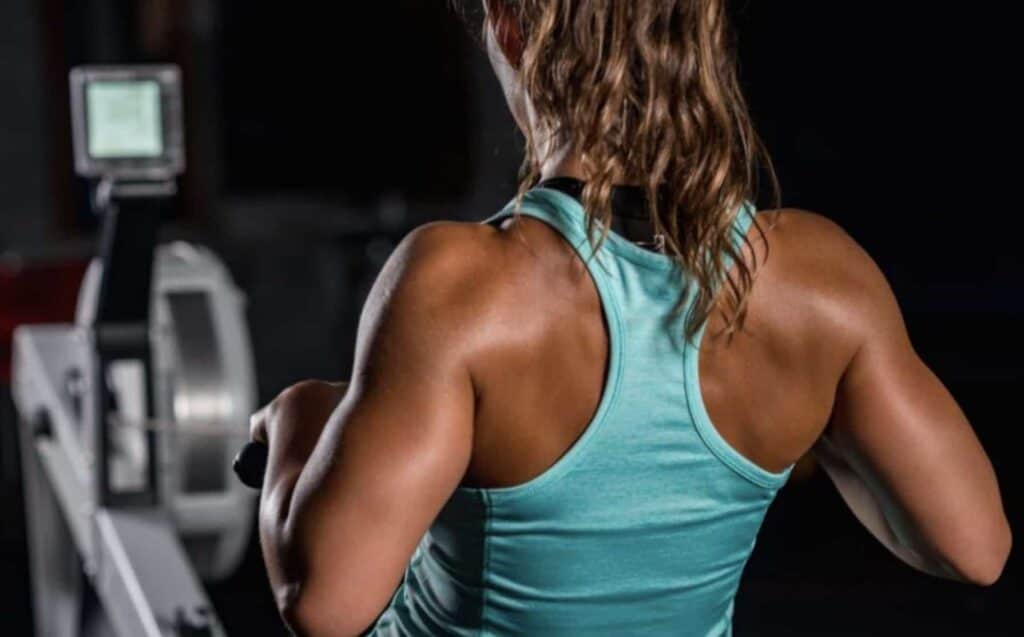
Rowing machine shoulder pain is a very real concern for people who have suffered from shoulder injuries in the past.
It’s even more concerning for people who are currently experiencing pain during or after their rowing sessions!
Due to the specific movements utilized while rowing, the shoulder becomes one of the most critical joints used.
It stands to reason, that it’s one of the joints at the greatest risk of developing overuse injury or sustaining more serious damage.
In this article, I want to take a closer look at what might be causing your rowing shoulder pain. Plus, we’ll examine some of the more common injuries and concerns – including muscular imbalances, shoulder impingement, and rotator cuff damage.
Finally, I’ll show you some simple tips and tricks to manage and/or reduce rowing machine shoulder pain. You’ll return to your workouts armed with enough knowledge to enjoy pain-free training for many years to come.
So let’s dive in and start off by taking a look at what might be causing your shoulder pain?
What to Know About Rowing Machine Shoulder Pain?
To help understand what could be causing your shoulder joint pain, I want to take a moment to look more closely at the structure of the shoulder itself.
The shoulder is actually one of the more complex joints in the human body. It’s the joining point of three bones:
- Clavicle, or collarbone
- Scapula, the shoulder blade
- Humerus, or your upper arm bone
The shoulder muscles (deltoid) works with the subscapularis muscle and the upper biceps muscle to move your arm.
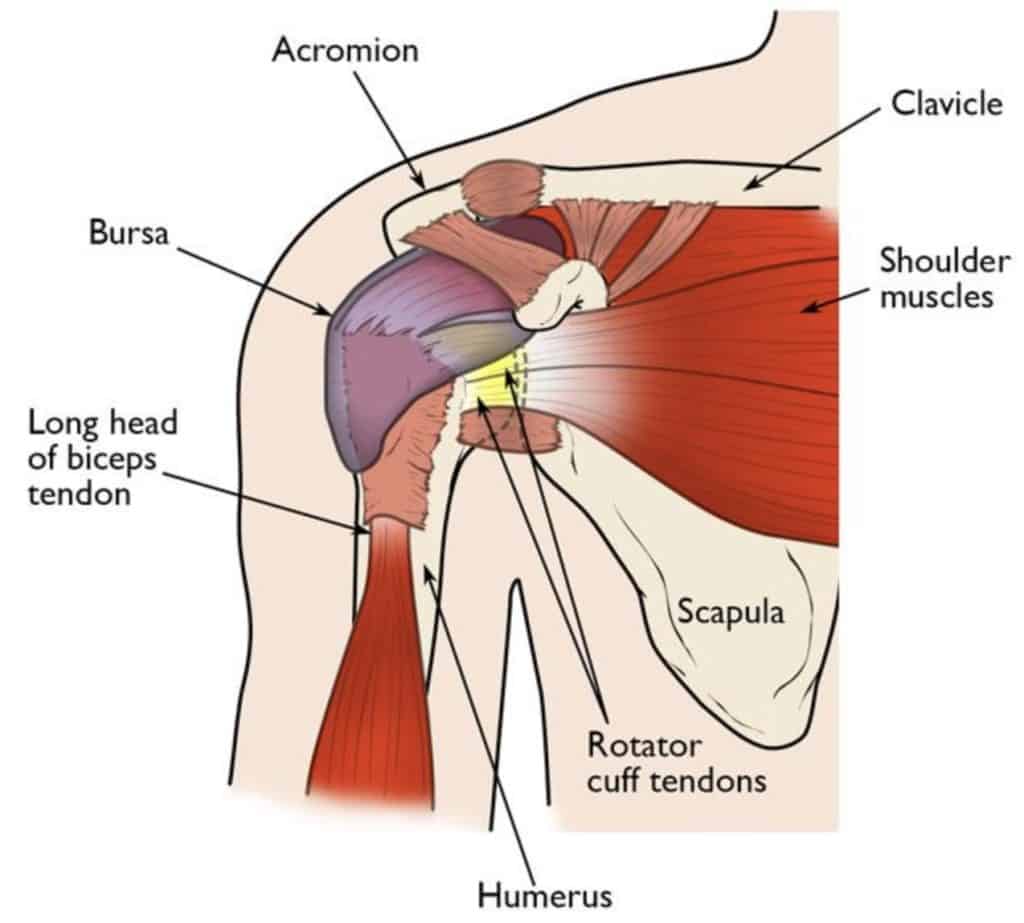
What you know as your shoulder joint is actually four different joints working together:
- Sternoclavicular joint
- Acromioclavicular joint
- Glenohumeral joint
- Scapulothoracic joint
Holding all of these bones, muscles, and joints together is a bunch of connective tissue, including ligaments and tendons (like the rotator cuff).
Cushioning the joint, so that it can move freely without the bones grinding against each other, are bursae (little fluid-filled sacs lined with a synovial membrane).
With so many working parts, it’s a joint that is both incredibly mobile and more prone to injury. Due to its full range of motion, the risk of injury is higher than more limited joints like the elbows.
Common Causes of Shoulder Pain
Let’s look at some of the most common causes of shoulder pain. (according to WebMD):
- Dislocation – If the shoulder is rotated or pulled back too far, the upper humeral head (arm bone) could slip out of its socket. This injury is most common with overhead movements (like throwing a baseball).
- Fracture – Falls, direct impacts, and collisions can damage the bone to such an extent that it cracks. The clavicle and upper arm are the bones most likely to fracture.
- Cartilage tear – Anything that places a lot of stress on your shoulder joint, like trying to lift heavy weights, can tear the cartilage that protects your shoulder joint.
- Separation – If you fall or receive a hard blow to the AC joint (the point where your scapula and clavicle unite), the ligament holding the joints together may tear.
- Frozen shoulder – This is the result of excessive tissue adhesions building up in your shoulder joint, which prevents it from moving easily. It feels like the shoulder is “frozen” or unable to move.
- Bursitis – Repeated motions of the joint can irritate or damage the bursae, leading to swelling that both cause pain and reduces shoulder mobility.
- Shoulder impingement – Sometimes, the bones of your shoulder can shift in such a way that they pinch the tendons of your rotator cuff, which can lead to inflammation and acute pain.
- Rotator cuff tear – The rotator cuff muscles holding your arm in place can be damaged in a fall or through repetitive use, and will begin to wear out as you age.
- Tendonitis – This is the result of a fall, direct impact to your shoulder, or repetitive motion wearing down the tendons. All three trigger inflammation and pain as the affected tendons swell up in an attempt to protect themselves from further damage.
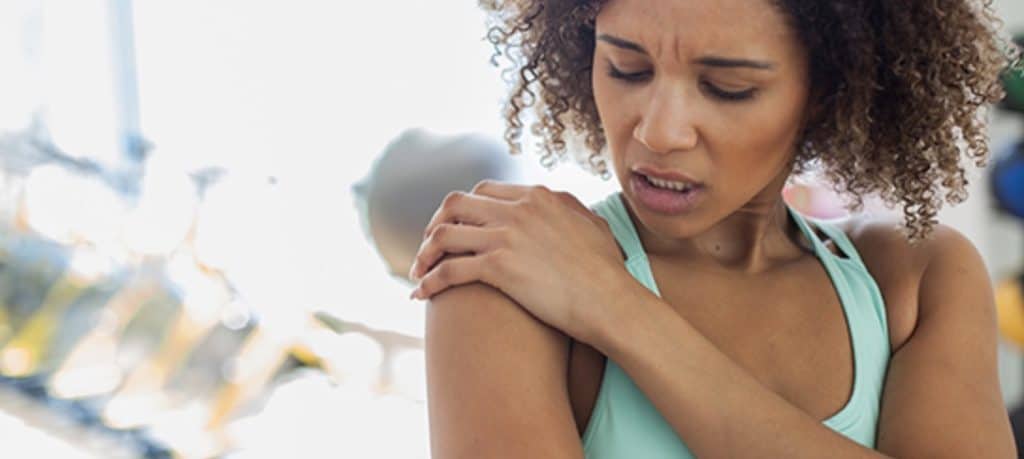
Common Causes of Rowing Shoulder Pain
If you read that list closely, you probably ruled out some of the causes. You may have notice there are four that are linked to “repeated motions”:
- Bursitis
- Shoulder impingement
- Rotator cuff tears
- Tendonitis
All four of these could be caused by the repeated motions of rowing.
Imagine how much wear and tear your shoulder joints sustain when you row for upwards of 45 minutes per day. You’re talking over a thousand strokes!
With every stroke, the shoulder bones are grinding against the bursae/cartilage and the tendons/ligaments are stretching and contracting to keep your limbs moving.
It’s easy to see why you can develop repetitive motion injuries like bursitis, tendonitis, shoulder impingement, or even a rotator cuff tear.
Take Note: Rowing Can Also Cause Muscular Imbalances
One thing I want to mention is that rowing machine shoulder pain in your shoulder joints isn’t the only cause for concern.
Specifically, I want to talk about muscular imbalances that could occur if you ONLY row and don’t do any other form of exercise.
When you row, you utilize a very specific combination of muscles. In terms of your upper body, most of the work is done by the posterior deltoids, rhomboids, and latissimus dorsi muscles, with your biceps and forearms joining in.
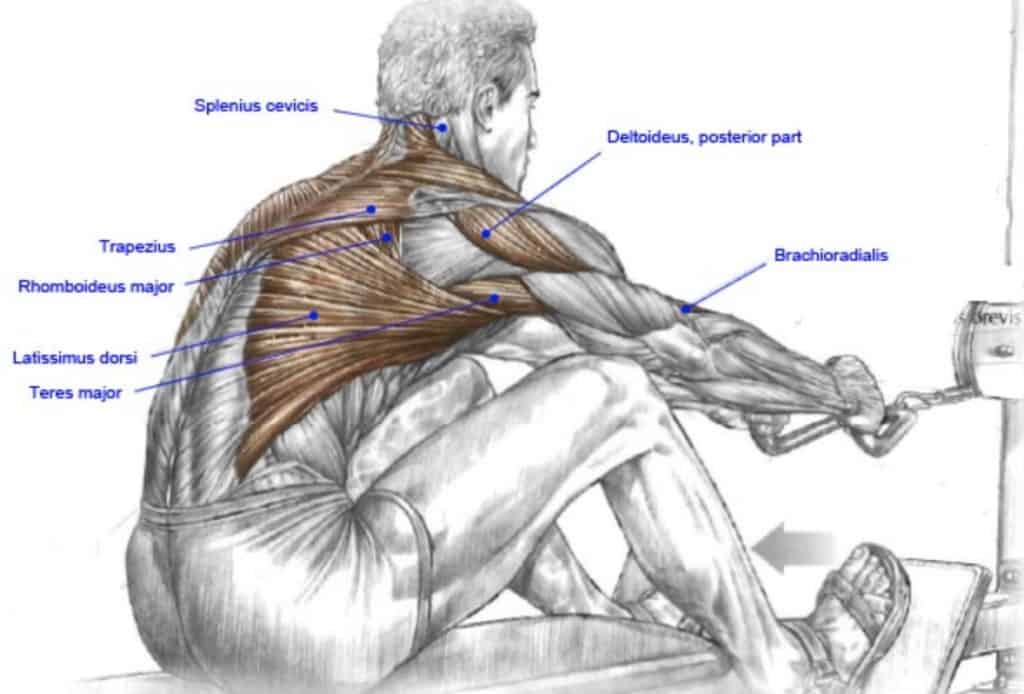
However, the anterior (front) and lateral (outside) deltoids are mostly ignored. This can lead to imbalanced development of the shoulder muscles because the majority of the attention is paid to the back of your shoulders.
Over time, this can lead to problems like poor posture, which can also affect both your shoulder joint and your spine. Shoulder pain caused by imbalanced musculature may be paired with neck pain and stiffness in your upper thoracic spine, as well as reduced mobility in your arms.
I talk about ways to avoid muscular imbalances in a section below.
Avoiding, Managing, & Preventing Rowing Machine Shoulder Pain
I’ve got some good news for you! While rowing could be linked to the shoulder pains listed above, rowing is also one of the most commonly recommended forms of rehab for existing shoulder injuries.
Rowing increases strength around your shoulder blades, strengthening all of the muscles that enable your arms to move smoothly. This leads to better shoulder stabilization, which prevents other forms of injury (such as dislocation).
It also encourages more movement in the shoulder joints, which prevents the joints from freezing up or stiffening following surgery or injuries.
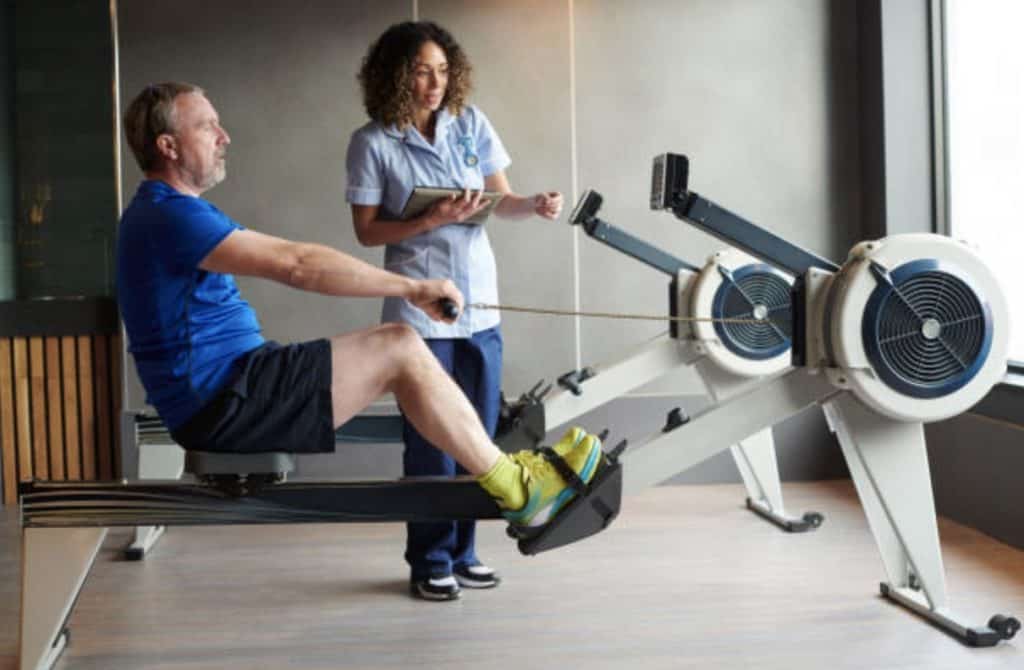
Below, I want to walk you through a few of the basic solutions for treating any rowing shoulder pain you might be currently experiencing. Then follow it up with some tips on how to master the proper rowing form.
As I’ll explain below, utilizing the right form while rowing can drastically decrease your risk of injury or repetitive motion strain. In fact, as one rehabilitation medicine researcher said, it can treat and even prevent problems like rotator cuff tears.
Finally, I’ll give you some tips to help you prevent future injuries while still safely getting in your daily rowing workout.
Treating Existing Rowing Machine Shoulder Pain
I like to recommend the PRICE method for treating any rowing machine injuries.
What is the PRICE method, you ask?
P stands for Protection. Typically, this involves wrapping some sort of band or support around the injured joint. You can find a lot of shoulder braces to stabilize and support your shoulder joint. A favorite is the Babo Care Shoulder Stability Brace.
R stands for Rest. This is the MOST important means of treating any injury. Your shoulders are involved in virtually every movement of your arms. Everything you do around your home (cooking, cleaning), at the gym ( bench press, pull-ups), and even at work (even moving your mouse!).
I highly recommend you rest as much as possible and avoid rowing for a few days until the pain subsides. Using a sling to fully immobilize your injured shoulder could speed up recovery time and facilitate better healing.
I stands for Ice. Ice is particularly effective for reducing pain and swelling following an injury. Applying ice to any painful area can help to numb the discomfort and prevent inflammation that could interfere with a full range of motion.
C stands for Compression. Compression bands or supports reduce swelling, which in turn prevents injuries from stiffening or causing excessive pain. The Copper Compression Recovery Shoulder Brace is a good option.
E stands for Elevation. This one is less effective for injuries to your shoulder. After all, it’s already elevated above the level of your heart!
For the type of injuries you’ll experience with rowing, the best treatment is rest. Hard as it may be, it’s a good idea to stay away from the rowing machine for a few days (or even a few weeks) until the pain subsides and you can row without discomfort.
Master the Form
I can’t stress enough how important it is to master the proper technique and form for rowing!
Proper rowing form will keep your shoulders moving through the correct range of motion, preventing both strains on the connective tissue and reducing the wear and tear on the joints.
Please take the time to head over to my article on Rowing Machine Muscles Used. It’s a short read, but it will help you to move through the four phases of a rowing stroke (Catch, Drive, Finish, and Recovery). Plus, you’ll learn about all the muscles that facilitate with a rowing stroke.
You can also check out this video below for the proper rowing form:
Smart Tips to Prevent Injuries
I want to share a few tips that have helped me avoid shoulder injuries. They are small things, but they can make a huge difference to your overall joint health.
Tip #1: Warm up before, cool down after. Yes, it’s absolutely a good idea to spend a few minutes before your workout warming up your muscles and joints in preparation for a rowing session. After your workout is done, spend a few more minutes stretching as a cool-down.
Tip #2: Start slow, increase the intensity. Even if you’re doing High Intensity Interval Training (HIIT), don’t start off at max intensity. Instead, start out rowing at a slower pace for 5-15 minutes to warm up your body. Only once you’re warmed up should you push the intensity up to 100%.
Tip #3: Cross-train your muscles. Don’t just focus on rowing. Instead, mix in at least a few other types of workouts each week: weight lifting, running, CrossFit, Yoga, Pilates, etc. Don’t pay attention only to the specific muscles utilized for rowing. Train your entire body and you’ll prevent muscular imbalances and joint injuries.
Tip #4: Listen to your body. If you feel pain while rowing, stop your workout and take a break. If the pain persists, give yourself a few days away from training to give your shoulders a chance to heal. Pain is a sign that something is wrong, and you should never “push through it”. Listen to the signals your body is sending you!
Tip #5: Let yourself recover. This is particularly important after a high-intensity rowing session. Your body needs time to repair the microscopic damage to your muscles, joints, and connective tissue sustained during your workout. Recovery should be AT LEAST 24 hours, or 48-72 hours if you went for full-intensity. Eat right and sleep well to give your body what it needs to make the repairs.
Final Thoughts
Rowing machine shoulder pain may be common, but it doesn’t have to stop your rowing workouts for good!
Now that you know what is most likely to be the cause of your rowing shoulder pain, you can take steps to prevent the injuries or strain using the tips I shared above.
A few small changes to your workout (using the correct form) and daily lifestyle (eating, resting, and recovering right) can make a world of difference, preventing shoulder injuries before they ever occur.
Hopefully, the information I shared here will help you address whatever is causing your shoulder pain, and you can enjoy many happy pain-free workouts to come.
You can check out some of my other related articles like “Should I Row Every Day?” and “Rowing Machine Abs Benefits“.
If you have any questions or need help, feel free to drop a comment below and I’ll happily answer as soon as I can.
Recommended Reading
Muscled Used on the Rowing Machine

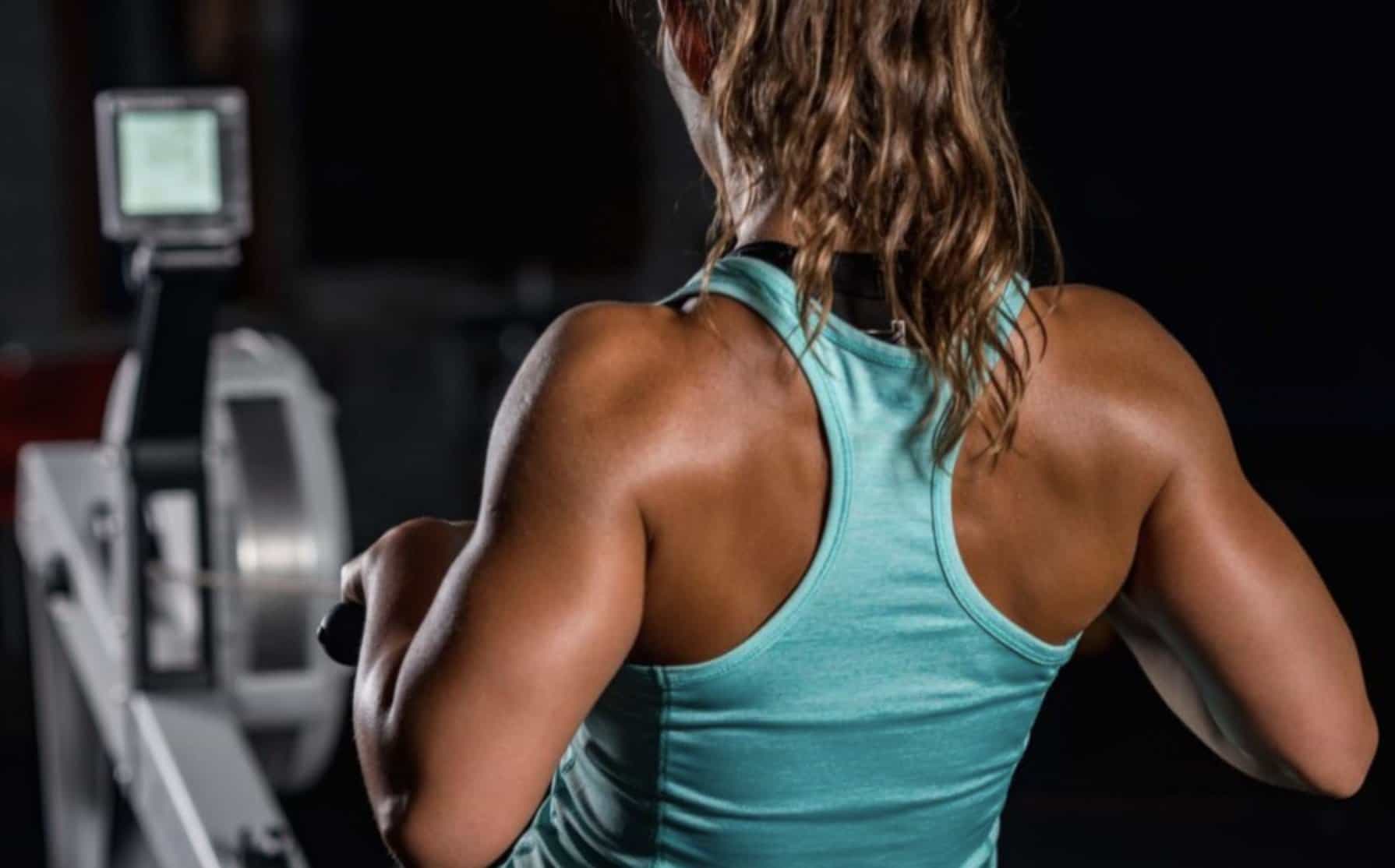
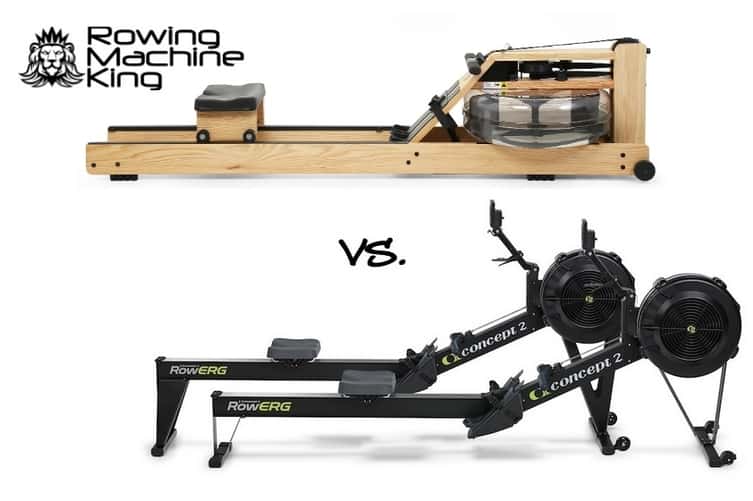
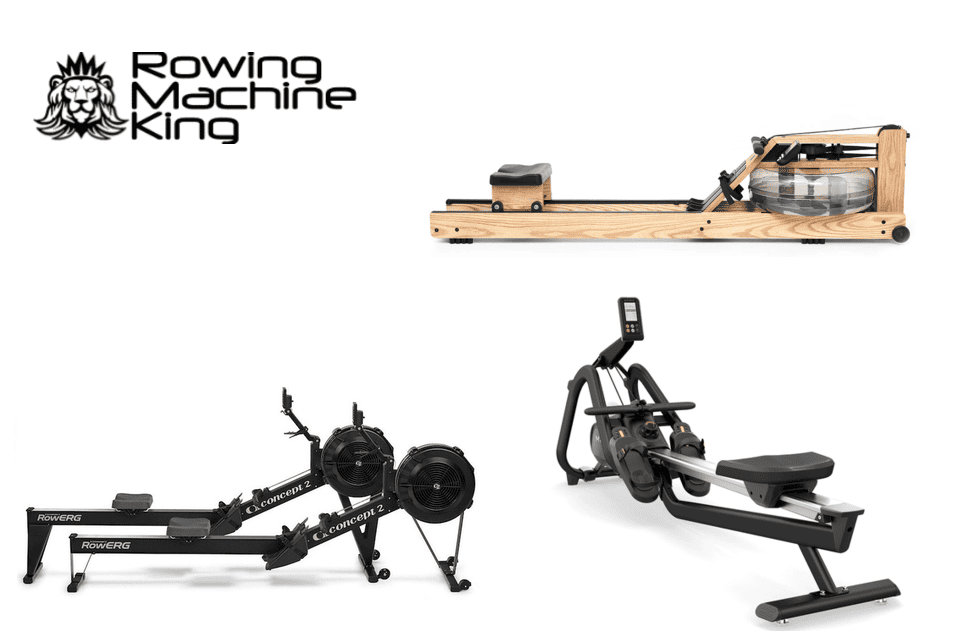
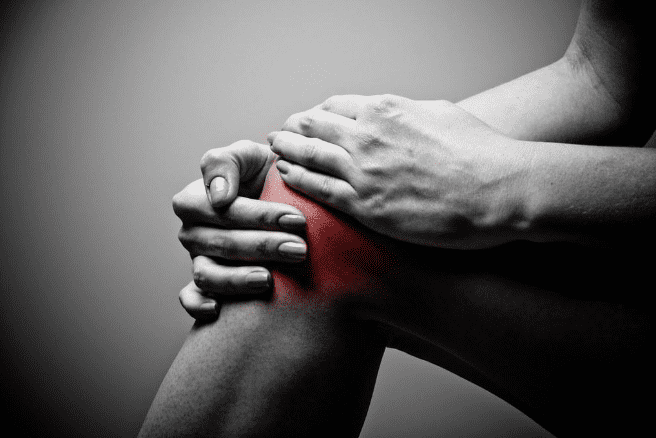
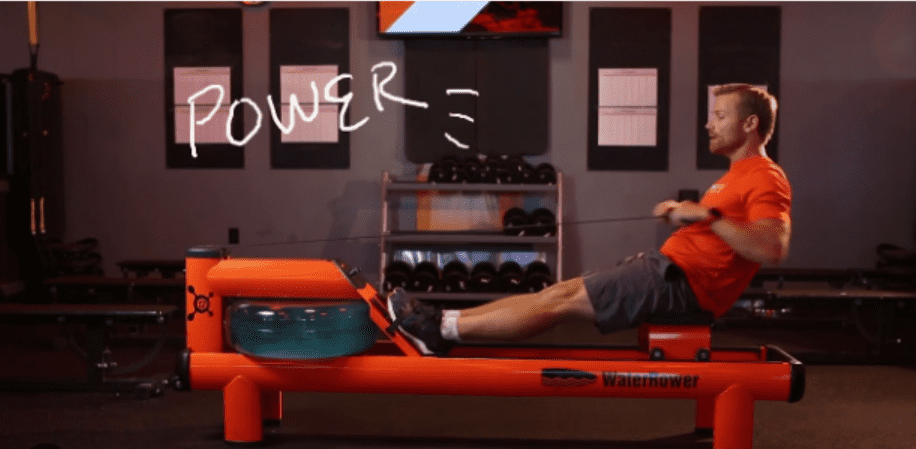
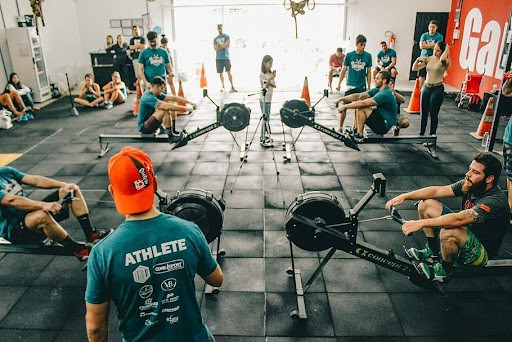
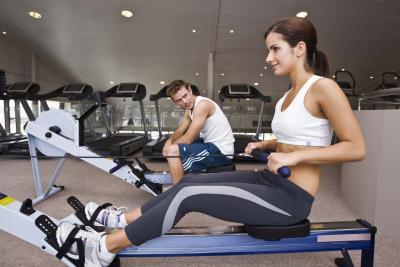
Hi I have frozen shoulders and was told to do towing at the gym. Is this safe for me to do I can move my arms forward just not back. Will this make it worse or be safe.
Hi Monora – it would really be best to consult a doctor. It’s hard for someone to say whether you should row or not without being physically present to examine your condition.